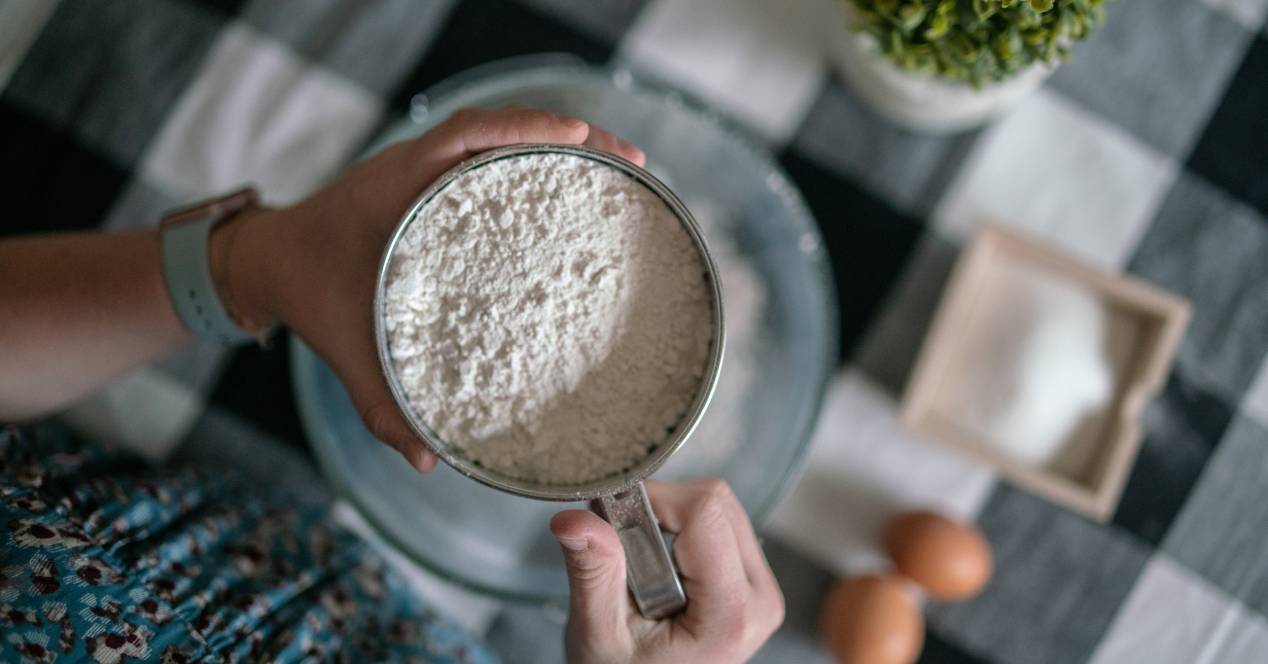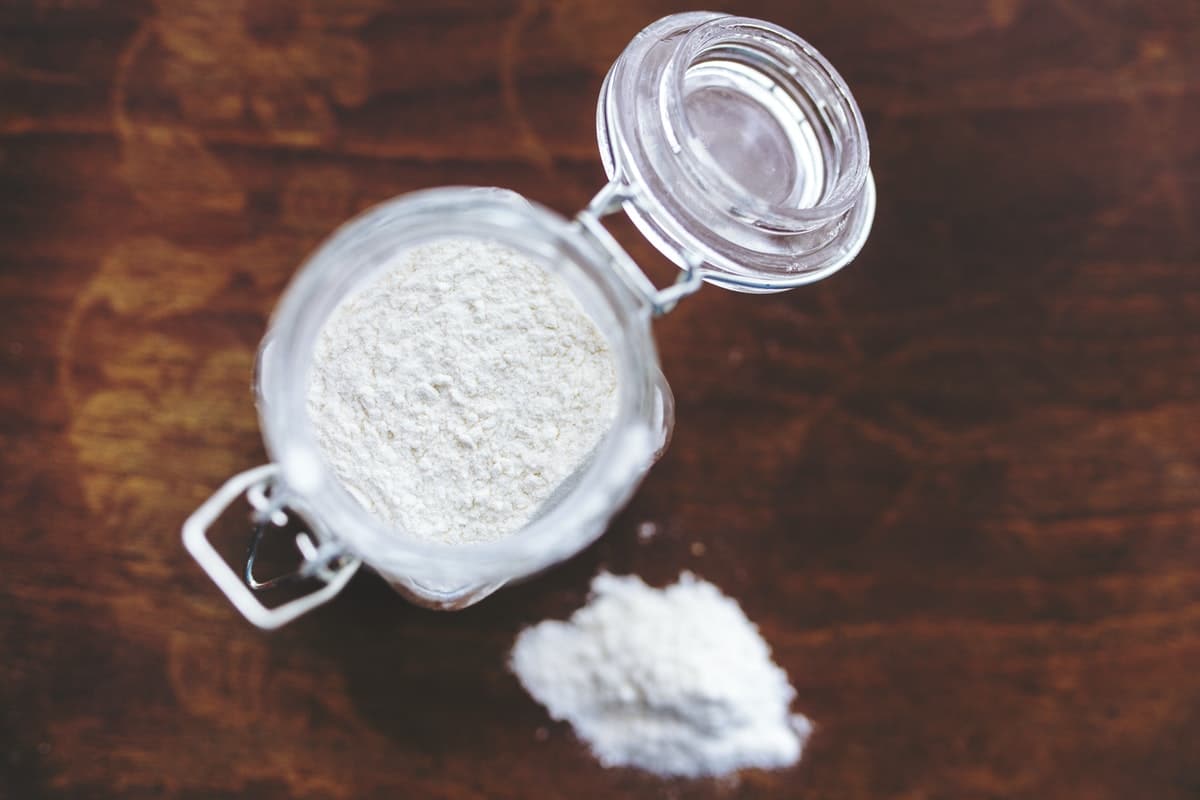
We have all heard of tapioca pudding, but many people are unaware of the benefits of this food. Starch-based, it is commonly used to thicken foods such as soups and stews. It is even used in some drinks, such as bubble tea. Additionally, tapioca flour is also used in baked goods.
However, its uses are not limited to food. This ingredient is also used for pharmaceutical and household purposes, such as clothing starch and natural paint thickening.
Tapioca is often confused with cassava root, which is the vegetable from which the starch is extracted. Some of the benefits of cassava are shared with those of tapioca.
What is tapioca?
Tapioca is the starch extracted from the cassava root. It is usually manufactured in the form of pearl or powder. Tapioca pearls are used in liquid foods and beverages, while the powdered version is more common for cooking, baking, and non-food purposes.
The cassava root is its source. Since it comes from a starchy vegetable, it's not surprising that tapioca is considered a starch and is made up mostly of carbohydrates. This explains why it is sometimes used to add starch and stiffness to clothing.
In half a cup of tapioca pearls we find:
- 272 calories
- 67.4 grams of carbohydrates (22 percent of the daily value or DV)
- 0.1 grams of protein
- 0 grams of fat
- 0.7 grams of fiber
- 2.5 grams of sugars
- 7 percent DV of iron
- 4 percent DV manganese
It is cholesterol-free, low in sodium, and free of common allergens including gluten, wheat, dairy, soy, eggs, fish, and nuts.

Nutritional value
If you're avoiding wheat because of a gluten intolerance, you may have considered using an alternative flour like tapioca flour. This flour has a slightly sweet flavor and is used to thicken sauces and make baked goods when combined with other flours.
Contains approximately the same number of calories as wheat flour. A half-cup serving of gluten-free flour contains 170 to 200 calories. By comparison, the same serving of whole wheat flour contains 204 calories.
All the calories in tapioca flour come from its carbohydrate content. Unlike wheat flour, tapioca flour contains very little protein or fat. In half a cup of flour we find 42 to 52 grams of carbohydrates. Carbohydrates are the body's preferred source of energy and should provide the majority of your calories. Although it is a good source of carbohydrates, not a good source of fiber, a type of carbohydrate that your body cannot digest.
In addition, does not contain sodium Although this is an essential nutrient, most get more than they need. For some people, eating too much sodium causes fluid retention, which in turn increases blood pressure and increases the risk of stroke and heart failure. To control sodium when baking with tapioca flour, limit the amount of salt you add to your baked goods, and keep in mind that foods like baking soda also contain sodium.
positive effects
Although tapioca can be incorporated into a healthy lifestyle, it is not inherently a health food. The calories in tapioca come mainly from carbohydrates, and it is low in vitamins and minerals. This is the reason why starch is mainly considered as a binding or thickening agent to be added to dishes and not as the main attraction.
However, there are cassava benefits that can be shared with tapioca. Cassava is a great source of resistant starch, which is extracted to make tapioca. Resistant starch is especially beneficial for the digestive tract. One study reviewed the nutritional traits of resistant starch that make it so beneficial for gut health. The researchers found that, in both humans and animals, resistant starch enhances the population of "good" bacteria in the gut microbiome. It may also have properties related to anti-inflammation, diabetes, and obesity.
In another study, researchers looked at animal and human research to determine the roles of resistant starch beyond gut health. In human participants, resistant starch was found increases insulin sensitivity. The researchers note that this benefit can also be attributed to meeting the dietary fiber requirement, especially in fermented foods.
It is suitable for restricted diets
Many people are allergic or intolerant to wheat, grains, and gluten. To control their symptoms, they must follow a restricted diet. Since tapioca is naturally free of grains and gluten, it can be a suitable replacement for wheat- or corn-based products.
For example, it can be used as a flour for baking and cooking or as a thickener in soups or sauces. However, we may want to combine it with other flours, such as almond flour or coconut flour, to increase the amount of nutrients.
Contains resistant starch
Resistant starch has been linked to a number of general health benefits. It feeds the beneficial bacteria in the gut, thereby reducing inflammation and the number of harmful bacteria. It can also lower blood sugar levels after meals, improve glucose and insulin metabolism, and increase satiety. These are all factors that contribute to better metabolic health.
Cassava root is a natural source of resistant starch. However, tapioca, a product obtained from cassava root, has a low natural resistant starch content, probably due to processing. Research is lacking on the health benefits of chemically modified resistant starches versus natural resistant starches.

Are there any disadvantages in its consumption?
The consumption of poorly prepared cassava can cause poisoning by cyanide. This concern mainly affects people in developing countries. Actually, there are few reported side effects of tapioca. However, many researchers agree that more research is needed.
One of the downsides is that it is mostly made up of carbohydrates. This means that people with diabetes should limit their consumption of foods that contain this component. It is also a concentrated source of calories. This can hinder weight loss and fitness goals for some people, as it is high in calories but low in nutrients.
May cause poisoning
Cassava root naturally contains a toxic compound called linamarina. This is converted to hydrogen cyanide in the body and can cause cyanide poisoning. Ingestion of poorly processed cassava root is linked to cyanide poisoning, a paralytic disease called konzo, and even death.
In fact, there have been konzo epidemics in African countries that depend on a diet of insufficiently processed bitter cassava, such as during wars or droughts. However, there are a few ways to remove linamarin during processing and cooking. Commercially produced tapioca generally does not contain harmful levels of linamarin and is safe to consume.
Cassava allergy
There are not many documented cases of allergic reaction to cassava or tapioca. However, people allergic to latex may experience allergic reactions due to cross-reactivity. That means the body mistakes the compounds in cassava for allergens in latex, causing an allergic reaction. This is also known as latex-fruit syndrome.